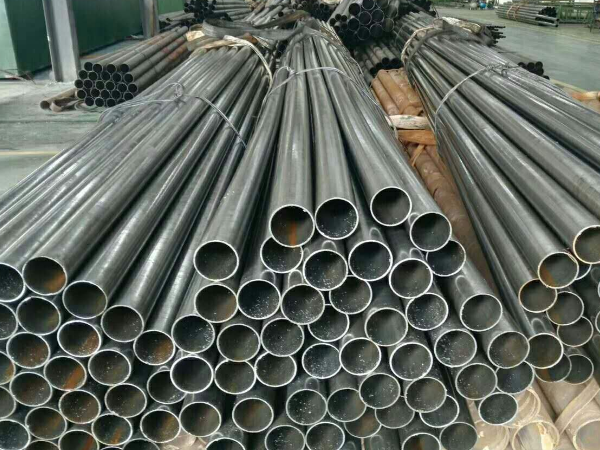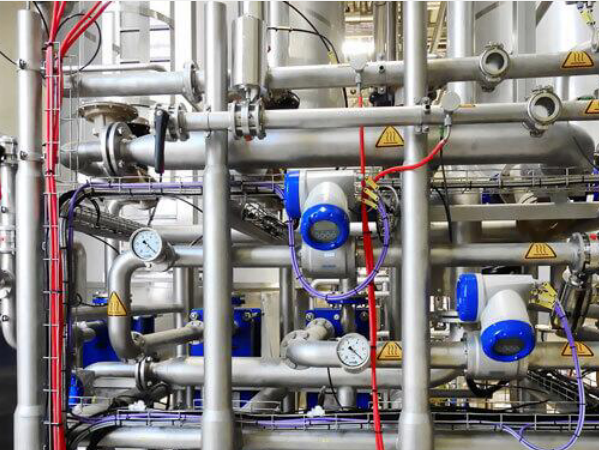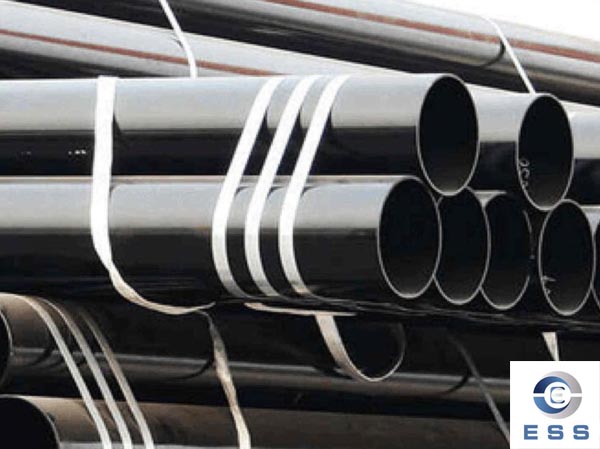The purpose of sizing (reducing) the diameter of the steel pipe is to adjust (reduce) the waste pipe with a larger diameter to a finished steel pipe with a smaller diameter, and ensure that the outer diameter and wall thickness of the
seamless steel pipe and its deviation meet the relevant technical requirements.
The quality defects generated when the steel pipe is fixed (reduced) mainly include: the geometric size of the steel pipe is out of tolerance, the fixed (reduced) diameter "blue line", "nail print", scarring, abrasion, pockmark, inner convex, inner square, etc. .
Out of tolerance steel pipe geometric size: The geometric size of the steel pipe is out of tolerance, which mainly refers to the diameter, wall thickness or ovality of the steel pipe after the specified (reduced) diameter does not meet the size and deviation requirements specified in the relevant standards.
The outer diameter and ovality of the steel pipe are out of tolerance: the main reasons are: improper roll assembly and pass adjustment of the fixed (reduced) diameter machine, unreasonable distribution of deformation, poor machining accuracy or serious wear of fixed (reduced) diameter rolls, and waste pipes. The temperature is too high or too low and the axial temperature is not uniform. It is mainly reflected in the pass shape and roll assembly, the diameter reduction of the waste pipe and the heating temperature of the waste pipe.
The wall thickness of the steel pipe is out of tolerance: after the diameter of the waste pipe is determined (reduced), the wall thickness of the steel pipe is out of tolerance, which is mainly manifested in the uneven wall thickness of the steel pipe and the non-round inner hole, which is mainly affected by the wall thickness accuracy and hole shape of the waste pipe. And the influence of factors such as hole type adjustment, the tension when the diameter is fixed (reduced), the size of the diameter reduction of the waste pipe, and the heating temperature of the waste pipe.
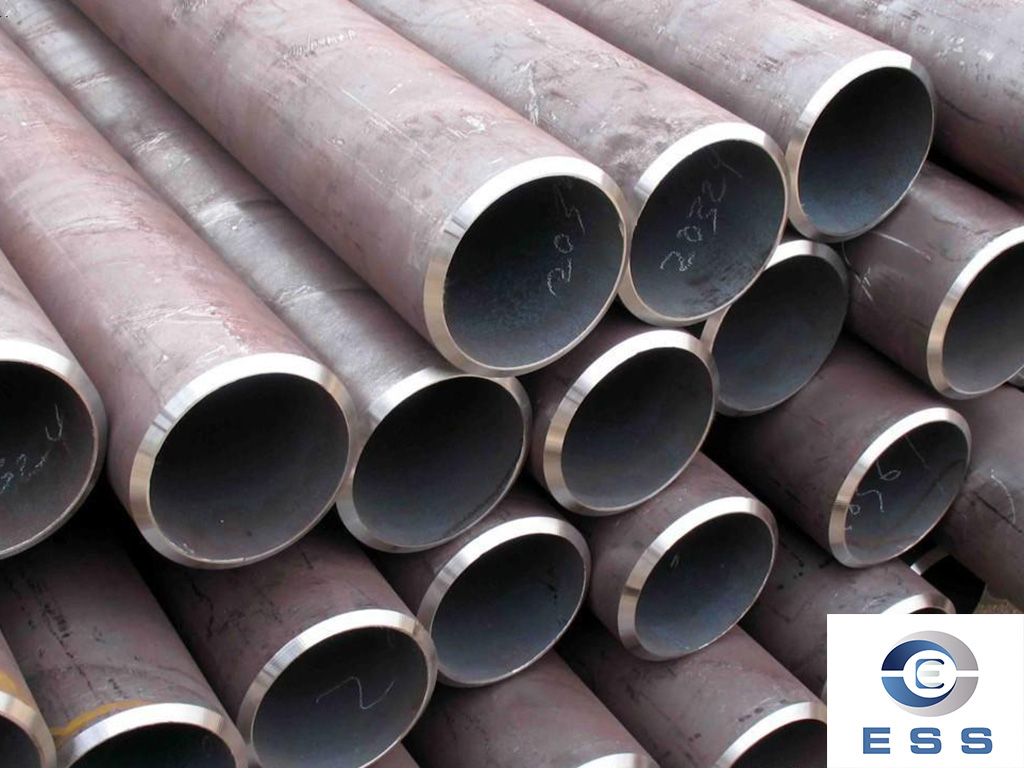
"Blue line" and "nail mark" of
seamless carbon steel pipe: The "green line" of steel pipe is due to the mutual dislocation of the rollers in one or several racks of the sizing (reducing) diameter machine, resulting in the hole shape not being "round", causing a certain The edge of a roll is formed by cutting into the surface of the steel pipe to a certain depth. The "green line" runs through the outer surface of the entire steel pipe in the form of one or more strips.
The "nail mark" is caused by the difference in the linear speed between the roller edge of the roller and other parts of the groove, which causes the roller edge of the roller to stick to the steel and then scratch the surface of the steel pipe. This defect is distributed along the longitudinal direction of the pipe body, and its appearance is a short arc, similar to the "nail" shape, so it is called "nail mark." When the "green line" and "nail mark" are serious, the steel pipe can be judged waste.
In order to eliminate the "blue line" and "nail print" defects on the surface of the steel pipe, the hardness of the fixed (reduced) diameter roll must be guaranteed and its good cooling should be maintained. When designing the roll pass or adjusting the roll pass, it is necessary to ensure the appropriate opening angle of the pass side wall and the roll gap value to prevent the pass from being dislocated.
In addition, the reduction amount of the single-stand pass should also be properly controlled to avoid the extrusion of metal into the roll gap of the roll due to the excessive expansion of the waste pipe in the pass when rolling the low-temperature waste pipe and the excessive rolling pressure. Damage the bearings. Practice has shown that the use of tension reduction technology is beneficial to limit the lateral expansion of the metal, and has a very positive effect on reducing the "green line" and "nail print" defects of the steel pipe.
Steel tube scarring: Steel tube scarring is distributed on the surface of the pipe body in an irregular form. The scarring is mainly caused by the sticking of steel on the surface of the fixed (reduced) diameter roll. It is related to factors such as the hardness and cooling condition of the roll, the depth of the pass, and the fixed (reduced) diameter of the waste pipe. Measures such as improving the material of the roll, increasing the hardness of the roll surface, ensuring good cooling conditions for the roll, reducing the fixed (reduced) diameter of the waste pipe and reducing the relative sliding speed between the surface of the roll and the metal surface are beneficial to reduce the chance of the roll sticking to steel . Once it is found that the steel pipe has scars, the frame where the scars are generated should be found according to the shape and distribution of the defects, and the parts of the rolls that stick to the steel should be inspected, removed or repaired. The rolls that cannot be removed or repaired should be replaced in time.
Steel pipe scratches: Steel pipe scratches are mainly caused by the "ears" between the fixed (reduced) diameter frames and the surfaces of the inlet guide cylinder or the outlet guide cylinder sticking to the steel, scratching and injuring the surface of the steel pipe in motion. . Once the surface of the steel pipe is found to be scratched, the guide cylinder should be checked for sticky steel or other attachments in time, or the iron "ears" between the fixed (reduced) diameter frames should be removed.
Pockmarked surface of steel pipe: The pockmarked surface of the steel pipe is caused by the wear of the surface of the roller and the roughness, or the excessively thick iron oxide scale on the surface of the barren pipe due to the high temperature, but it is not well removed. Before the diameter of the waste pipe is determined (reduced), high-pressure water should be used to remove the iron oxide scale on the outer surface of the waste pipe in a timely and effective manner to reduce the occurrence of defects on the outer surface of the steel pipe.
The inner convexity of the steel pipe: the inner convexity of the steel pipe means that when the diameter of the waste pipe is fixed (reduced), the wall of the steel pipe is bent inward (sometimes closed) due to the excessive fixed (reduced) diameter of the single frame of the fixed (reduced) diameter machine. shape), forming a raised linear defect on the inner wall of the steel pipe. This defect does not happen very often. It is mainly caused by errors in the combination of roll stands of the sizing (reducing) diameter machine, or serious errors in the pass shape, or mechanical failure of the stand when sizing (reducing) diameter thin-walled steel pipes. Increasing the tension coefficient can increase the critical diameter reduction. Under the same diameter reduction conditions, it can effectively avoid the internal resistance of the steel pipe. Reducing the diameter reduction can improve the stability of the waste pipe during deformation, and can also effectively prevent the steel pipe. produce inward convexity. In production, the roll configuration should be carried out in strict accordance with the rolling table, and the roll pass should be carefully adjusted to prevent the occurrence of internal convex defects in the steel pipe.
"Inner side" of steel pipe: "Inner side" of steel pipe means that after the diameter of the waste pipe is determined (reduced) by a sizing (reducing) machine, the inner hole of its cross-section is "square" (two-roller sizing and reducing machine). ) or "hexagonal" (three-roller sizing and reducing machine). The appearance of "inner square" in the steel pipe will affect its wall thickness accuracy and inner diameter accuracy. The "inside" defect of the steel pipe is related to the D/S value of the waste pipe, the amount of diameter reduction, the amount of tension when the diameter is fixed (reduced), the shape of the pass, and the rolling speed and rolling temperature. When the D/S value of the waste pipe is smaller, the tension is smaller, the diameter reduction is larger, and the rolling speed and rolling temperature are higher, the steel pipe is more likely to have uneven lateral wall thickness, and the "inside" defect will also be more obvious.
Read more :Heat treatment defects and prevention of seamless steel pipes









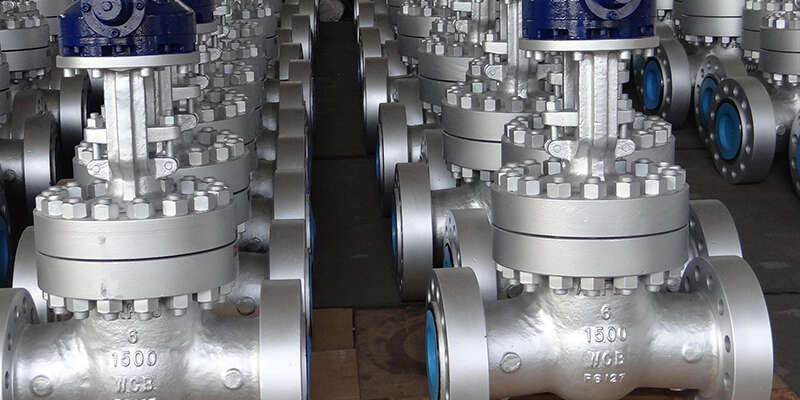
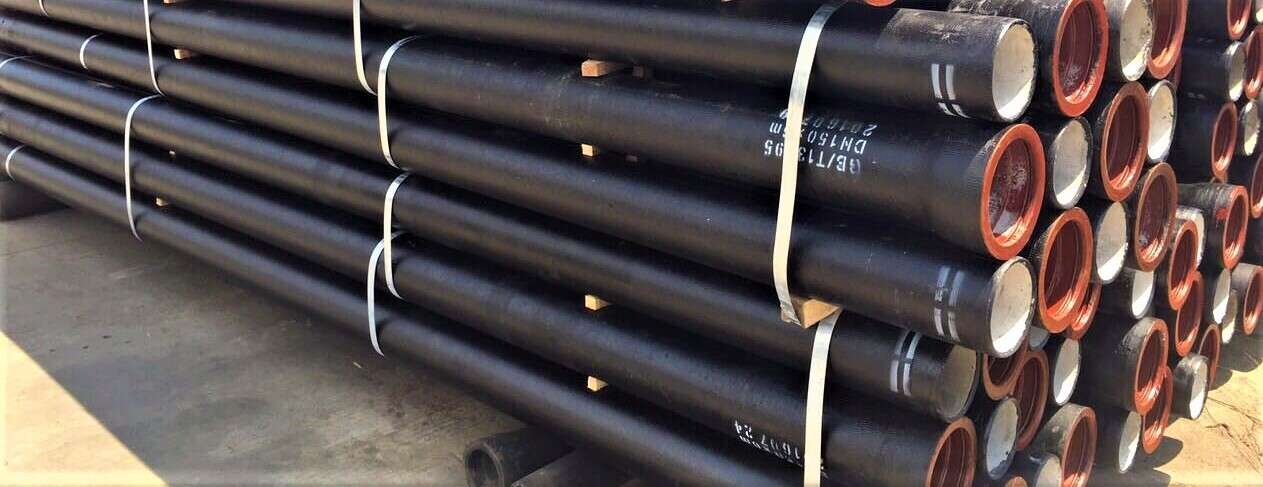


 Eastern Steel Manufacturing Co., Ltd no solo mejora la producción de productos y los servicios de venta, sino que también brinda servicios adicionales de valor agregado. Siempre que lo necesite, podemos completar sus necesidades específicas juntos.
Eastern Steel Manufacturing Co., Ltd no solo mejora la producción de productos y los servicios de venta, sino que también brinda servicios adicionales de valor agregado. Siempre que lo necesite, podemos completar sus necesidades específicas juntos.







